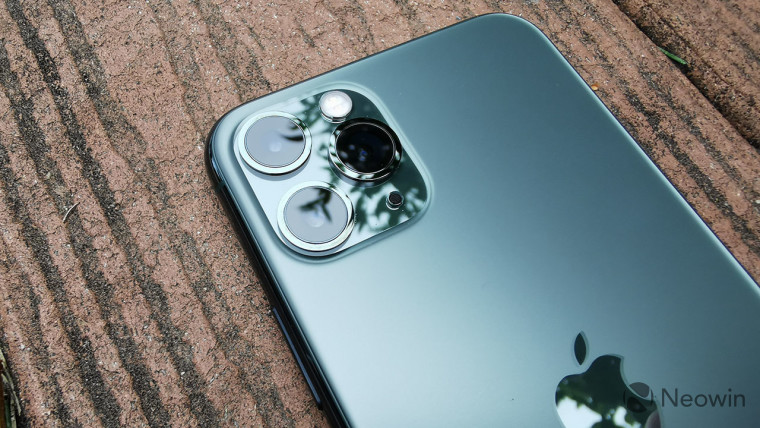
When Apple introduced its iPhone 11 series last year, some were surprised at the lack of support for 5G. Of course, the Cupertino firm has always been slower than its competitors to adopt new network technologies. 5G is expected to arrive in Apple's 2020 lineup of iPhones, and it should be available in all three models.
According to a new report from analyst Ming-Chi Kuo (via 9to5Mac), at least some of the models will have both sub-6GHz and mmWave support, while a lower-end one will be sub-6 only. This is significant, because at this time, there aren't any devices on the market that can do both.
5G is a combination of sub-6GHz low- and mid-band frequencies, and millimeter waves. Millimeter wave technology is fast, providing speeds in the gigabits, but it can be easily blocked. Low-band sub-6 frequencies can penetrate barriers like walls and windows, but it's slower. A robust 5G network will combine all three of those things.
Unfortunately, no one is there yet, from a carrier side or a device side. Sprint's 5G network is sub-6GHz-only, while Verizon is only doing mmWave at the moment. T-Mobile is the closest, recently launching nationwide 5G on its low-band 600MHz spectrum, having mmWave in select cities, and on the verge of merging with Sprint. But at the same time, T-Mobile doesn't have any devices that support sub-6 and mmWave.
There's another issue here though, which is that Apple usually sells unlocked phones, meaning that users can just pop in whatever SIM they want from whatever carrier. This is also something that's not yet available on the 5G market. All of the 5G phones we have now are tuned to that specific carrier's frequencies.
Of course, Apple has until this fall to figure it out, with Kuo predicting that the 2020 iPhones will ship exactly when they always do, at the end of Q3 or beginning of Q4. In the summer of last year, Apple announced that it had acquired Intel's cellular modem division, so it should have a head start.

















9 Comments - Add comment